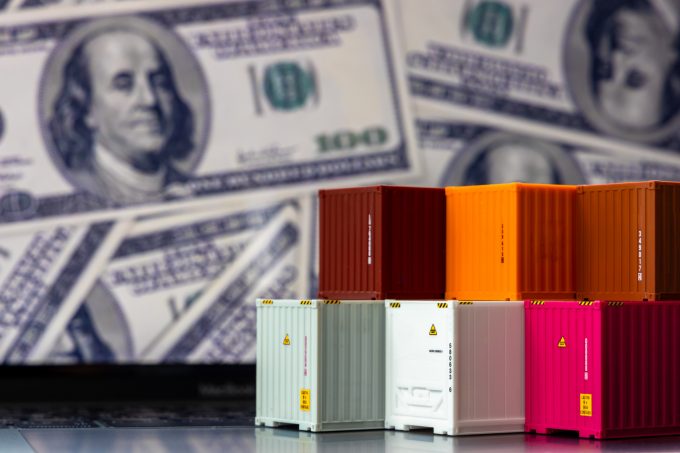With billions to burn, shipping lines fear nothing in H2 25
‘In the name of share’

Maersk said last week this year’s contract rates for its liner services were “trending towards spot rates” and, in fact, a momentum that appeared to be accelerating as agreements expired.
According to freight rate benchmarking firm Xeneta, there is a “fundamental shift” in the ocean freight ...

Comment on this article